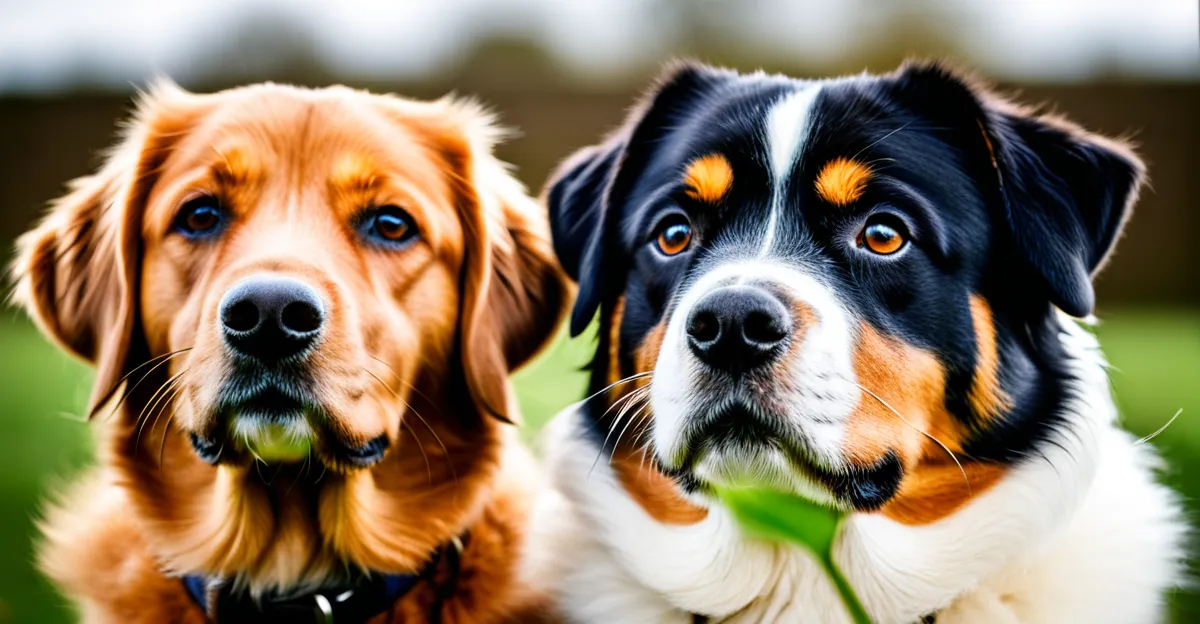Current Overview of the Most Popular Pet Breeds in the UK
Understanding the landscape of popular UK pets involves examining the most recent pet ownership statistics UK reveal. These statistics show clear preferences for specific breeds across dog, cat, and other pet categories. Data from trusted sources such as the Kennel Club and national pet registries provide comprehensive insights into the leading pet breeds UK, tracking registration numbers and ownership growth.
In recent years, there has been a noticeable shift in preferences influenced by lifestyle changes and societal trends. For example, smaller dog breeds have gained popularity due to urban living conditions, requiring pets that adapt well to flats and smaller homes. Similarly, breeds that are family-friendly and low-maintenance have seen rising demand. The trend towards indoor cats also continues to strong, reflecting a preference for pets that fit into busy, indoor lifestyles.
This might interest you : How Can You Transform Your Home to Be More Pet-Friendly?
Across the board, the appeal of certain pets correlates with their traits—such as temperament, ease of care, and compatibility with children or other pets. These factors drive the evolving pattern of breed popularity, highlighting how pet ownership statistics UK illuminate not just numbers, but the reasons for changing canine, feline, and other pet choices in Britain today.
Top Dog Breeds in the UK: Latest Rankings and Key Traits
The most popular dog breeds UK continue to reflect both traditional favourites and emerging trends driven by lifestyle changes. According to pet ownership statistics UK, breeds such as the Labrador Retriever, French Bulldog, and Cocker Spaniel consistently rank highly in UK dog breed rankings. Each breed’s popularity is closely tied to key traits that appeal to different types of owners. For instance, Labradors are celebrated for their friendly nature and versatility as family-friendly dogs UK, while French Bulldogs gain favour due to their compact size ideal for urban living.
Also read : How Can Pet Ownership Impact Health and Wellbeing in the UK?
Registrations from the Kennel Club and other pet registries provide detailed insights into adoption patterns. These sources reveal that breeds offering temperament suited to families, ease of training, and adaptability to varied home environments dominate the top spots. Additionally, there is a noticeable incline in demand for smaller breeds, which aligns with growing urbanisation trends and preference for popular UK pets that can thrive in flats or smaller properties.
Trends in dog adoptions show an increasing focus on health and welfare, with many prospective owners researching breed-specific needs to better match their lifestyle. This careful consideration is helping to shape the evolving landscape illustrated by the latest pet ownership statistics UK and highlights how UK dog breed rankings serve as a useful barometer of changing preferences among British dog owners.
Leading Cat Breeds in the UK: Popular Choices and Appeal
Recent UK cat breed statistics highlight a clear preference for certain breeds, reflecting the changing dynamics in pet ownership. The most popular cat breeds UK often combine appealing temperament with manageable care requirements, making them a favourite among both first-time and seasoned cat owners. According to the latest pet ownership statistics UK, breeds such as the British Shorthair, Maine Coon, and Bengal consistently rank high in registrations and surveys.
The British Shorthair stands out for its calm disposition and adaptability, making it one of the top choices for families and individuals seeking a companion suited to indoor living. This aligns with the growing trend of indoor cats UK, where owners prefer cats that thrive in flat or house environments without outdoor access. The Maine Coon, popular for its striking size and friendly personality, appeals to those wanting an affectionate yet somewhat independent pet. Meanwhile, Bengals attract owners who enjoy an active, playful cat with a distinctive coat pattern.
Care considerations play a significant role in breed popularity. Owners tend to select breeds whose grooming and health needs align with their lifestyle, fitting well into modern British homes. Factors such as social temperament, activity level, and compatibility with children influence these decisions, shaping the patterns shown in UK cat breed statistics. These insights into the most popular cat breeds UK help us understand not only what cats people choose but why, illustrating broader trends in pet preferences across the country.
Other Popular Pets in the UK: Small Animals, Birds, and Exotics
Exploring popular UK small pets beyond cats and dogs reveals a diverse range of animals capturing the interests of British pet owners. Small mammals such as rabbits, guinea pigs, and hamsters continue to rank highly within the category, appreciated for their manageable size and suitability for smaller living spaces. According to pet ownership statistics UK, these small pets maintain steady popularity, particularly among families seeking caring yet low-maintenance companions.
In addition to mammals, the top bird breeds UK often reflect preferences for vibrant colours and engaging behaviours. Budgerigars and cockatiels are frequently chosen due to their sociable nature and ability to form bonds with owners, making them ideal for those desiring active, interactive pets. The rise in aviary bird ownership mirrors a broader trend towards pets that combine companionship with a unique sensory appeal, such as song and plumage.
The segment of exotic pets UK is growing, reflecting an interest in more unusual companions like reptiles and amphibians. These pets appeal to owners drawn to distinctive care routines and varied habitats. However, adoption of exotic pets requires careful research and commitment due to their specialised needs, as emphasised in many pet ownership statistics UK reports. Growth in this area underlines how British pet culture is expanding to include a broader spectrum of animals, each with specific appeal based on lifestyle and interests.
Factors driving the popularity of these smaller, avian, and exotic animals include their adaptability to indoor spaces, compatibility with busy lifestyles, and appeal as alternatives for pet owners with allergies or limited time. The leading pet breeds UK list is increasingly enriched by these options, showcasing evolving preferences that extend well beyond traditional cats and dogs.





